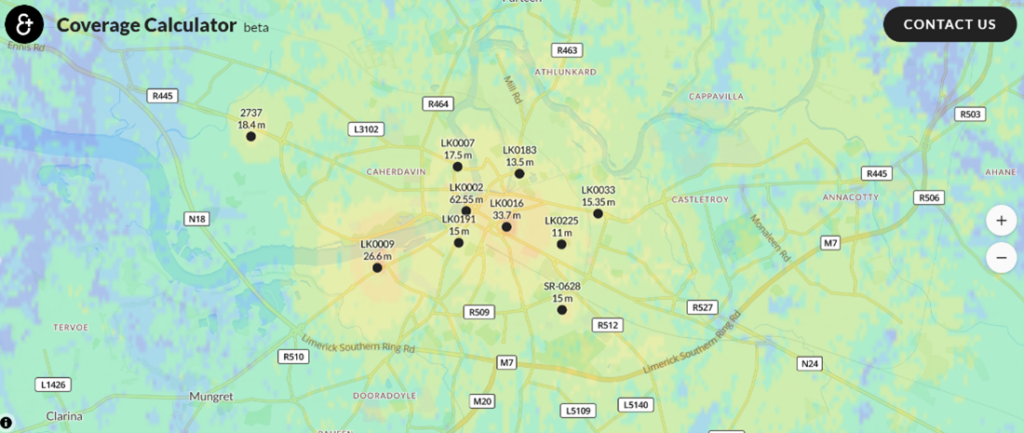
This report evaluates competing technologies that can sustain the delivery of streaming data from buildings toward an SRI database. As a key plank of EU policy for delivering smart buildings, SRI implementation is crucial for managing the reductions in emissions and energy use within the built environment. SMARTLAB is a living lab funded by SEAI toward mapping the adoption of an SRI.
The SRI rates the smart readiness of buildings (or building units) in their capability to perform three key functionalities:
• optimise energy efficiency and overall in-use performance
• adapt their operation to the needs of the occupant
• adapt to signals from the grid (for example energy flexibility) (European Commission, 2022)
At the heart of the SRI framework is the assumption that data streams from buildings can be made available affordably and reliably to feed data models and underpin services. To achieve this, devices — hardware sensors primarily along with actuators or controls — will be installed in buildings to begin implementing an SRI locally.
Task 2.1 aimed to evaluate the correct set of technologies to rely on to implement streaming sensor data. It assessed that the most effective approach would be wireless data transmission limiting invasive wiring works. It was also assessed that avoiding use of tenant or occupant data networks was essential for security and data protection. This left a choice of LPWAN networks; LoRaWAN or NB-IoT.
Evaluation criteria for comparison of the two networks was laid out. These criteria are wireless transmission, wide area coverage, two-way communication, wide device support, long battery life, blackspot resolution and commercial models.
The evaluation criteria are intended to provide a useful reference for those at a national or policy level planning an SRI deployment as well as being suitable to the SMARTLAB context. Taking account of these evaluation criteria it is evaluated that LoRaWAN mitigates from of the major risks facing a large sensor deployment such as the occurrence of coverage blackspots and the existence of flexible funding models for network adoption.
From the perspective of millions of sensors capturing data, there is a large overlap between LoRaWAN and NB-IoT. A crucial distinction is the delivery model where LoRaWAN has support for local private gateway devices while NB-IoT relies on broadcast base stations for delivery with limited scope for densification in a building.
A second crucial distinction is the scale of third-party vendors making equipment available on both networks. LoRaWAN has a significantly more advanced ecosystem and broader array of devices and vendors. This provides redundancy and security of supply for a national project.
These factors prompted the SMARTLAB project to adopt LoRaWAN locally for the project as well as present a recommendation that is offers best fit for a national rollout that will require reliable energy.
